LT. COL. GEORGE W. BEAVERS, JR., WWII: Re-upped as a private; died on war's eve
Lt. Col. George Washington Beavers Jr., a Brooklyn native, born on Dec. 31, 1884, lived in Ardsley Park for most of the final 15 years of his life. Beavers was a standout athlete at the U.S. Military Academy at West Point from 1903-08 after graduating from Erasmus Hall High School in Brooklyn.
Beavers, who went by the nickname “Beave,” excelled in sports, competing in football and baseball (known as 11s and 9s at the time) as well as track and field at Erasmus Hall. He competed and won four letters in each of those same sports at West Point, but added ice hockey for one year and was named the Academy’s top athlete in his graduating class of 1908.
There are many incorrect newspaper reports about his post-graduation Army career including that he was a staff officer to Gen. John J. “Black Jack” Pershing and with Pershing in command was part of the pursuit into Mexico for Mexican revolutionary commander Francisco “Pancho” Villa.
But from a history presented by the United States Military Academy Association of Graduates memorial to Beavers, published on FindAGrave.com comes the following, much more accurate report:
Upon graduation on Feb. 14, 1908, 2nd Lt. Beavers was assigned as to the 2nd U.S. Cavalry Regiment. After a brief tour of duty as a member of the Tactical Department at the U.S. Military Academy he rejoined the 2nd Cavalry at Fort Des Moines, Iowa, where he served until December 1909. At that point, he went with the 2nd Cavalry to the recently acquired Philippine Islands. The next two and a half years there were spent with the 2nd Cavalry, primarily in Jolo, an island in the Philippines. He saw active service against the Moros native uprising in Davao in 1910 and in Jolo in 1911-12. In May 1912 he took leave and returned to New York where he resigned his Army commission on Oct. 21, 1912.
[For unknown reasons, four days later] he enlisted as a private in Troop B, 2nd New York Cavalry and on Jan. 15, 1913 he transferred to 7th Regiment of New York Infantry. He served through the various non-commissioned grades and was commissioned a Second Lieutenant of the 7th Regiment. On July 15, 1916 the regiment was sent to the border with Mexico.
By age 55 in 1940 he tried — and failed — to rejoin the U.S. Army as an officer. On Aug. 2, 1940 still 55, he enlisted as a private in Headquarters Battery, 71st Field Artillery Brigade, New York National Guard and after a taxing physical examination was accepted.
The next day, he departed for three weeks of First Army Maneuvers in northern New York State, a training regimen at which he excelled.
The following report is from a letter written by Beavers’ National Guard company commander to a fellow officer:
“Beavers was not under my command very long, but it was at one of the most important periods in the National Guard. Beavers was brought to me and presented as an ex-officer anxious to get back in the military service in view of the alarming world conditions at that time. Frankly, I was not impressed with the idea and viewed the whole thing with disfavor. I foresaw complications, having an ex-officer as an enlisted man. I told Beavers my policies in handling the Company and ended up with the statement that I would work his tail off the same as anyone else.
“He replied, ‘I ask no favors.’ I assured him he would receive none and turned him over to the First Sergeant to be signed up. The duties of enlisted personnel are numerous and diversified. Beavers worked at many jobs and [at] every one was superior. It was admitted by the entire company that he was the best private in it. By no means an empty honor! Truly remarkable in a man of his age, since it meant he was superior in a multitude of small tasks, all of which required strength, agility and practice.
“He was the best K.P., the best latrine digger, the best tent pitcher, the best truck loader, the best operations clerk, the best scout, the best chauffeur (I have seen him polishing his car at night with a flashlight), the best wireman and always the first to volunteer for any detail. The men were quick to recognize a superior and his relationship with them was the strongest I have ever seen in my service.
“All the men addressed him as Mr. Beavers and he became in effect the father to the whole company. In the evenings that were free he would hold forth in front of his tent before an admiring group of youngsters and talked of ‘ships and sealing wax; of cabbages and kings.’ [A reference to Lewis Carroll’s poem “The Walrus and the Carpenter.”
“When General Mundy took over the Brigade, one of the first things he asked was ‘How did Beavers make out? Could he take it?’
“I told him he was ‘the toughest, most rugged man in the Company.’ Shortly after he was discharged to accept a Commission.”
On Oct. 21, 1940 Beavers was commissioned a lieutenant colonel in the 186th Field Artillery, New York National Guard and was called into the federal service with that regiment on Jan. 27, 1941. Following training at Madison Barracks, New York and Fort Ethan Allen, Vermont, the regiment moved south [to Fort Bragg, N.C.], where it served as a Corps Artillery Regiment of the VI Corps, 1st Army.
During the 1st Army Maneuvers in the fall of 1941 he was attached for temporary duty with the 1st Army Headquarters as Liaison Officer of the VI Corps. On a Saturday evening he checked into a hotel in the nearby town of Albemarle, North Carolina. On the morning of Nov. 23, 1941 his orderly called him and found that Lt. Col. Beavers had died during the night.
His funeral services and burial took place with full military honors on Nov. 26, 1941, at West Point. He is interred at the U.S. Military Academy Post Cemetery at West Point, N.Y.
Links to similar personal stories about Irvington heroes who gave their lives for their country*
◼ Pfc. Cuthbert Powell Sinkking: Class of '42 gave 3 of its own to the ages
◼ Pfc. John Joseph (Joe) Gilchrist: Died after capture of Saint-Lo
◼ Lt. (j.g.) George Eddison Haines: Lost at sea, awarded Silver Star
◼ Pfc. Joseph Thomas Costello: Teen lost life in Battle of Mindanao
◼ MSgt. James Peter Kelley: Survived WW II and Korea; died in fall
◼ S1 Archibald Ronald: Lost on next-to-last Navy ship sunk by U-boat
◼ TSgt. Raffaele R. (Ralph) Reale: A hero's life ended on East Sunnyside Lane
◼ Sgt. Robert F. Morrison: Took fight to the enemy, fell in Alsace
◼ Lt. Col. George W. Beavers Jr.: Re-upped as private; died on war's eve
◼ F2 Claude L. Bronnes: Went down with the Atlanta at Guadalcanal
◼ MMLC William James Downey: Died aboard ship off West Coast
◼ Pvt. Alick Main Ian: Died taking Aachen, first German city to fall in WWII
◼ Pfc. George Mills Hill Jr.: Survived Okinawa, only to fall in South Korea
◼ Pvt. Peter R. Robinson: Lost to shadows of time over Pacific, answers never found
WORLD WAR I



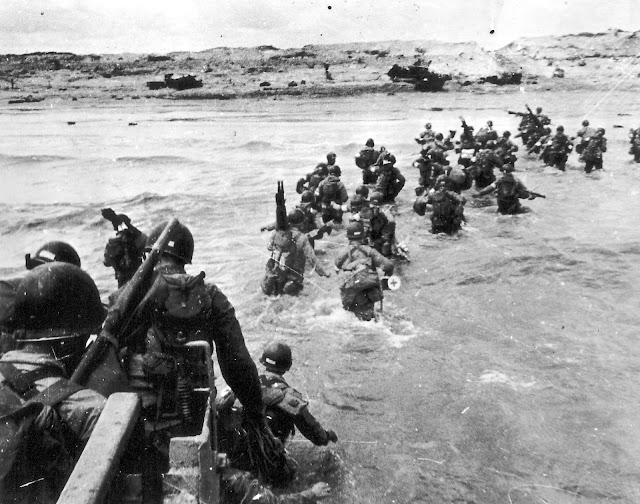



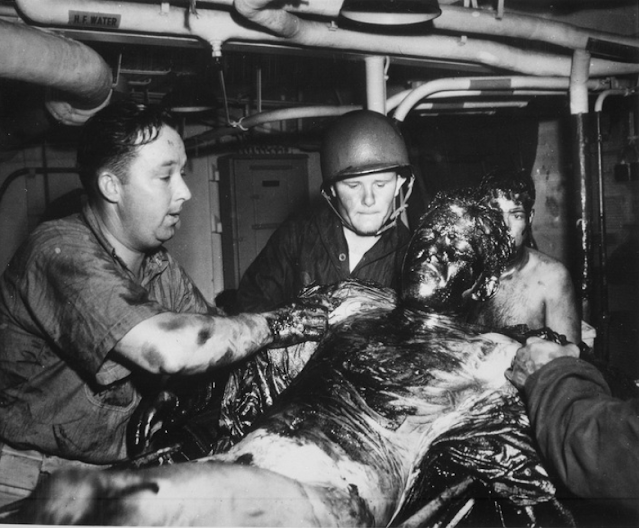
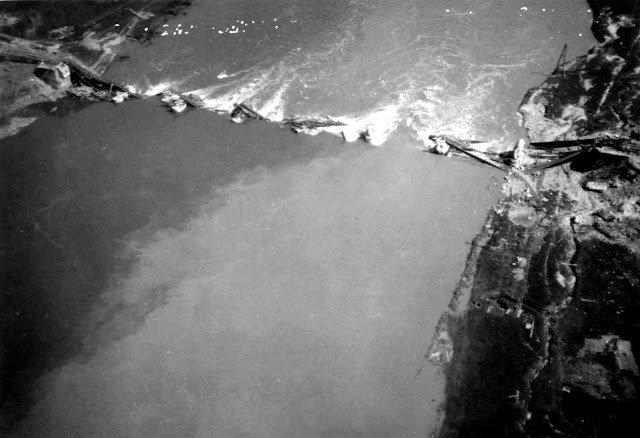
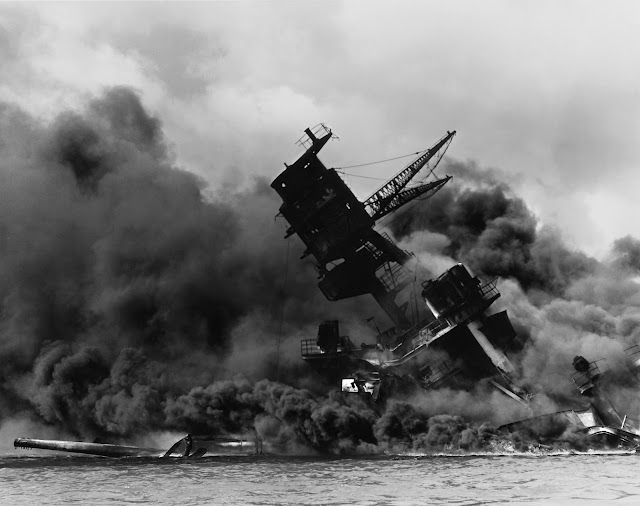
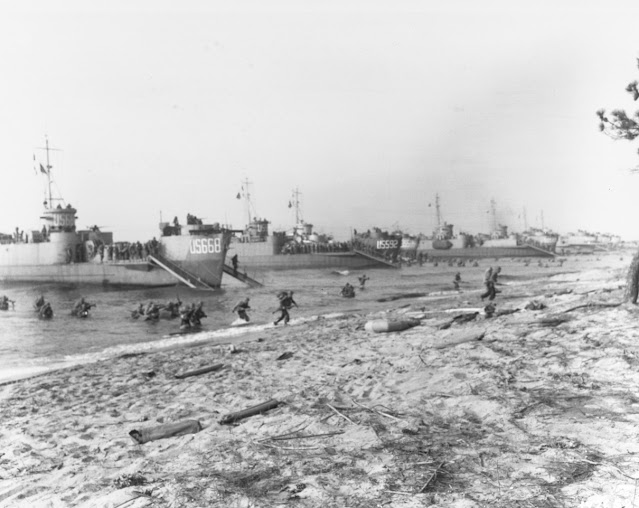
Comments
Post a Comment